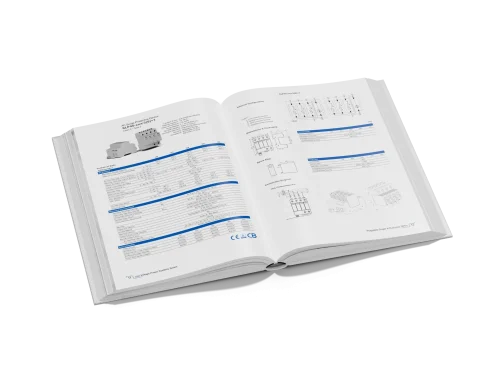Microinverters have revolutionized solar energy systems by converting DC power at the panel level, maximizing efficiency and system reliability. However, like any electronic device, microinverters can experience failures that compromise solar system performance.
Understanding the root causes of microinverter failure is essential for installers, system owners, and solar professionals seeking to maintain optimal energy production. This comprehensive guide explores the primary failure mechanisms and provides actionable insights to help you protect your solar investment.
1. Extreme Temperature Conditions
Temperature extremes rank among the most common causes of microinverter failure. Since microinverters are typically mounted beneath solar panels or on rooftops, they face direct exposure to environmental temperature fluctuations.

Heat-Related Issues: Excessive ambient temperatures can push microinverters beyond their thermal operating limits. Most microinverters are designed to function within a temperature range of -10°C to 50°C (-14°F to 122°F). When external temperatures exceed these thresholds, or when inadequate ventilation prevents proper heat dissipation, the internal components begin to degrade. Capacitors, in particular, are vulnerable to heat stress, experiencing accelerated aging that leads to premature failure. Heat also triggers thermal protection mechanisms, causing the inverter to derate power output or shut down entirely.
Cold Weather Challenges. Conversely, extremely cold conditions can affect the electronic components’ performance characteristics. Sudden temperature swings create thermal stress on solder joints and circuit boards, potentially causing micro-fractures that lead to intermittent failures or complete device shutdown.

2. Moisture and Water Ingress
Despite being rated with IP67 protection or similar ingress protection standards, microinverters remain susceptible to moisture-related failures over their operational lifetime.
Water penetration can occur through compromised seals, cable entry points, or enclosure damage. Once moisture enters the unit, it creates pathways for electrical leakage, corrosion of circuit board traces, and short circuits. Coastal installations face heightened risk due to salt-laden air, which accelerates corrosion processes. Ground fault indicators (GFI) frequently trip when microinverters develop moisture-related leakage currents, signaling potential water ingress issues before complete failure occurs.
3. Electrical Surge and Grid Instability
Power surges represent a significant threat to microinverter longevity and can cause multiple units to fail simultaneously.
Surge Events Lightning strikes, utility grid switching operations, or power restoration after outages can introduce voltage spikes that overwhelm the microinverter’s protective circuits. Even if the surge doesn’t immediately destroy the unit, it can compromise internal components like MOSFETs, capacitors, or control circuits, leading to premature wear-out.
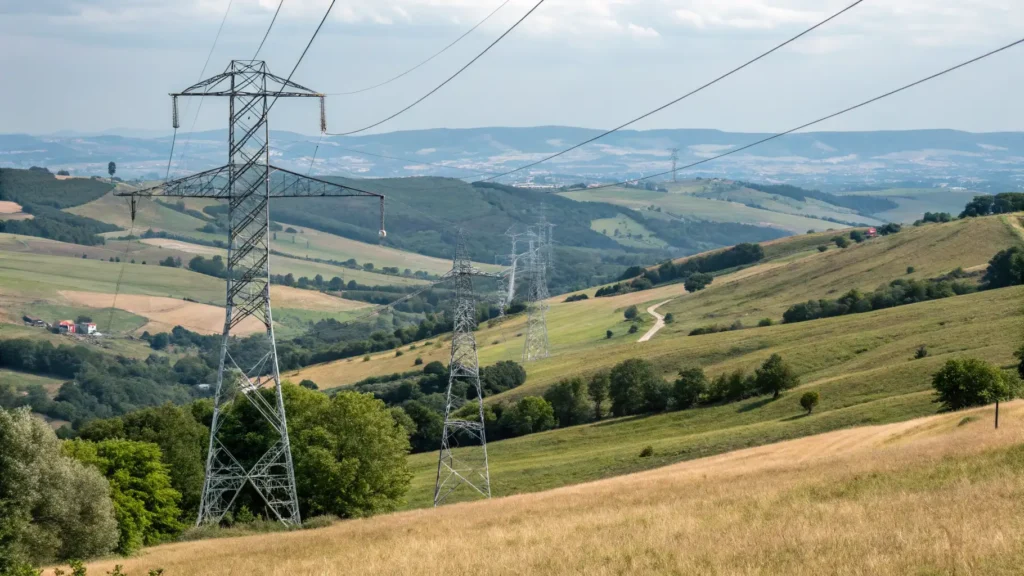
Grid Parameter Variations Microinverters must synchronize with grid voltage and frequency within specified tolerances. Persistent grid instability, voltage fluctuations outside acceptable ranges, or frequency deviations cause the inverter to disconnect repeatedly. These stress cycles accelerate component aging and may eventually result in failure of the grid-monitoring circuitry.
4. Poor Installation Practices
Installation quality directly impacts microinverter reliability and service life.
Connection Issues Improperly torqued DC connections create high-resistance contact points that generate excessive heat during operation. Loose AC connections similarly compromise performance and create fire hazards. Reversed polarity on DC inputs can damage the power conversion circuitry immediately or cause latent failures.

Mechanical Stress Rough handling during installation, such as dragging microinverters by their cables or subjecting them to impact, can damage internal components even if external damage isn’t visible. Mounting microinverters in locations with inadequate airflow or direct water exposure accelerates failure modes related to temperature and moisture.
5. Component Quality and Manufacturing Defects
While modern manufacturing employs rigorous quality control, component-level defects can slip through and manifest as early failures.
Infant Mortality: Manufacturing defects typically reveal themselves within the first few weeks or months of operation—a period known as infant mortality in reliability engineering. Defective capacitors, poor solder joints, or contamination during assembly fall into this category. Reputable manufacturers conduct extensive burn-in testing to identify these early failures before shipping products.
Component Degradation: Over time, even properly manufactured components age. Electrolytic capacitors lose capacitance, semiconductors develop higher leakage currents, and connection reliability decreases. Quality manufacturers select components rated for extended operational life and elevated temperatures to ensure long-term reliability.

6. Communication System Failures
While not technically a failure of the power conversion function, communication issues can make microinverters appear non-functional and hinder system monitoring.
Power Line Communication Problems: Many microinverter systems use power line communication (PLC) to transmit performance data to monitoring gateways. Electrical noise from nearby appliances, poor grounding, or wiring configuration issues can disrupt this communication. Microinverters may continue producing power but fail to report their status, making diagnosis challenging.
Network Infrastructure Issues: Wi-Fi-enabled monitoring systems depend on reliable wireless connectivity. Signal interference, router problems, or gateway device failures can create the false impression of microinverter malfunction when the units are actually operating normally.
7. Overload Conditions
Operating microinverters beyond their designed capacity activates protective mechanisms that may simulate failure.
When connected solar panels produce more power than the microinverter’s rated output—often occurring during cold, sunny conditions when panel voltage is highest—overload protection circuits limit power conversion or temporarily shut down the unit.

While this protects the inverter from damage, repeated overload conditions may stress components over time. Proper system design should account for the panel’s maximum power output across all operating conditions.
Further Read:
Top 10 US-Influenced Microinverter Brands
Micro Inverters: The Pros and Cons for Your Solar Power System
What Are the Key Cost Factors of Microinverters for Home Solar Systems?
Preventive Measures and Best Practices
Minimizing microinverter failures requires a proactive approach encompassing proper installation, regular maintenance, and quality component selection.
- Installation Excellence: Ensure proper torque on all electrical connections, verify correct polarity before energizing systems, and mount microinverters in well-ventilated locations away from direct water exposure.
- Surge Protection: Install whole-system surge protection devices at the main electrical panel to shield microinverters from grid-side voltage spikes.
- Regular System Monitoring: Leverage the monitoring capabilities of modern microinverter systems to track individual unit performance.
- Maintenance Schedule: Conduct periodic inspections of cable connections, check for physical damage to enclosures, and verify proper ground connections.
- Firmware Management: Establish a schedule for reviewing and applying manufacturer firmware updates.
VIEW HIITIO MICROINVERTER REAL CASE
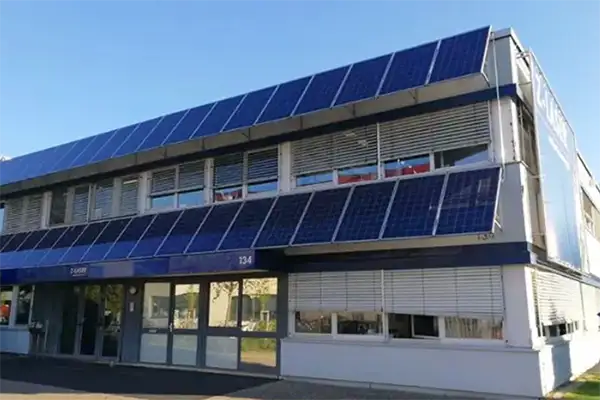

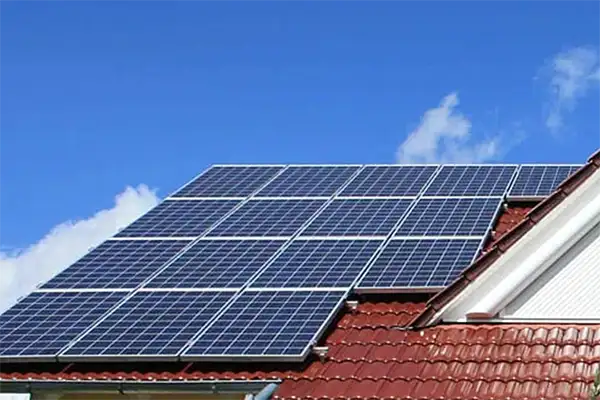
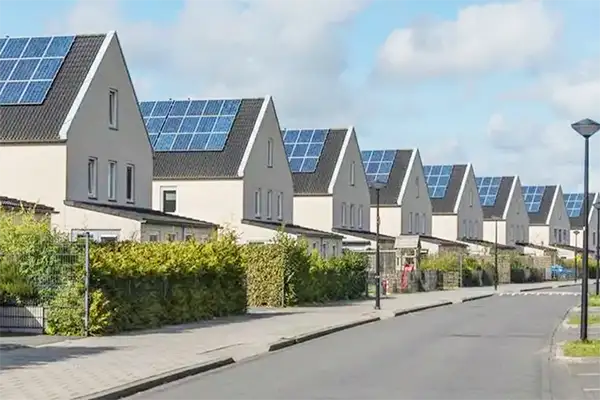
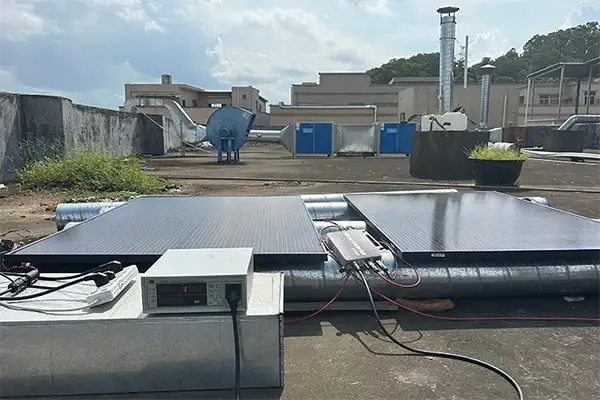
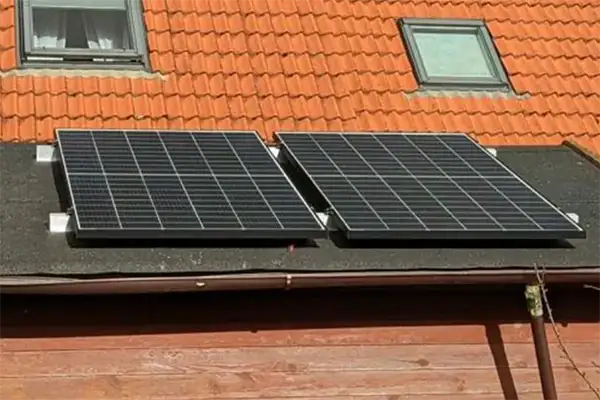
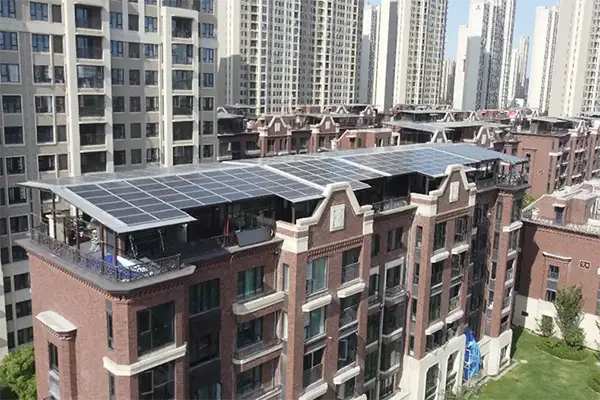

Protect Your Solar Investment with HIITIO Microinverters
When reliability matters, HIITIO delivers microinverter solutions engineered to withstand the challenges that cause premature failure in lesser products. Our advanced microinverter lineup features robust IP67-rated enclosures providing superior protection against moisture and environmental stress. Module-level MPPT technology maximizes energy harvest while intelligent monitoring with WiFi and Sub-1G communication enables real-time performance tracking and remote diagnostics.
Visit www.hiitio.com to explore our complete range of 300W to 2000W microinverter solutions and discover why installers in over 50 countries trust HIITIO for their solar projects.



